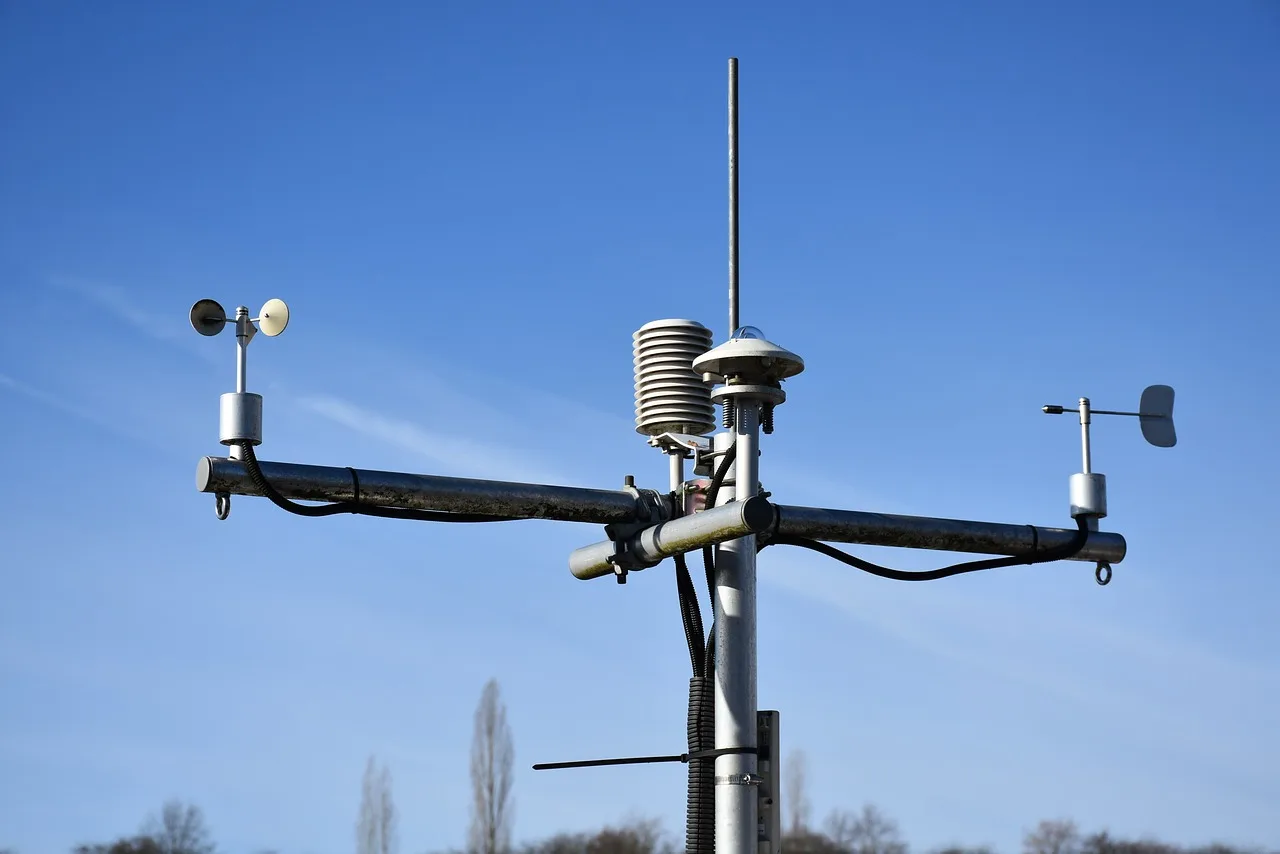Welcome to the world of yoga asanas, where the body, mind, and spirit unite in a harmonious dance of movement and breath. In this guide, we’ll explore the rich tapestry of yoga poses, known as asanas, delving into their origins, benefits, and techniques for mastering each posture. Whether you’re a seasoned yogi looking to deepen your practice or a curious beginner eager to explore the world of yoga, this guide will be your companion on the journey to mastering asanas and unlocking their transformative power.

Table of Contents
- Understanding Asanas: Origins and Philosophy
- Benefits of Practicing Asanas
- Practical Tips for Mastering Asanas
- Exploring Essential Yoga Poses
- Advanced Asanas: Challenges and Rewards
- Incorporating Asanas into Your Daily Routine
- Yoga Asanas for Specific Goals and Needs
- Asanas for Relaxation and Stress Relief
- Yoga Asana Sequences and Flow
- Modifications and Variations
- Conclusion
- FAQs
Understanding Asanas: Origins and Philosophy
Asanas, the physical postures practiced in yoga, have roots that trace back thousands of years to ancient India. The word “asana” itself translates to “seat” or “pose” in Sanskrit, reflecting the seated meditation postures originally used for spiritual practice. Over time, as yoga evolved, the practice of asanas expanded to include a wide range of postures designed to promote physical health, mental clarity, and spiritual growth. Today, the practice of yoga asanas continues to be a cornerstone of yoga philosophy, offering a pathway to holistic well-being and self-realization.
Benefits of Practicing Asanas
The benefits of practicing yoga asanas are vast and multifaceted, encompassing physical, mental, and emotional well-being. Physically, asanas help improve flexibility, strength, and balance, enhancing overall physical health and reducing the risk of injury. Mentally, the focus required to perform asanas promotes concentration, mindfulness, and inner calm, reducing stress and anxiety. Emotionally, the practice of asanas can foster a sense of self-awareness, self-acceptance, and emotional resilience, empowering practitioners to navigate life’s challenges with grace and equanimity.
Practical Tips for Mastering Asanas
Mastering yoga asanas requires patience, dedication, and a willingness to explore and experiment with different postures. Here are some practical tips to help you enhance your practice:
- Start slowly and listen to your body: Begin with basic asanas and gradually progress to more challenging poses as your strength and flexibility improve. Pay attention to how your body feels in each posture and honor its limitations.
- Focus on alignment: Proper alignment is key to reaping the full benefits of asanas and preventing injury. Take time to learn the correct alignment for each pose and use props, such as blocks and straps, to support your practice.
- Breathe deeply and mindfully: The breath is an essential component of yoga practice. Coordinate your breath with movement, inhaling as you lengthen or expand and exhaling as you contract or release tension.
- Be patient and persistent: Rome wasn’t built in a day, and neither is a yoga practice. Be patient with yourself and trust that progress will come with time and consistent effort.
Exploring Essential Yoga Poses
Yoga asanas encompass a wide range of postures, each with its own unique benefits and challenges. Here are some essential yoga poses to explore:
- Tadasana (Mountain Pose): This foundational pose helps improve posture, alignment, and balance, while also grounding and centering the mind.
- Adho Mukha Svanasana (Downward-Facing Dog Pose): A dynamic pose that strengthens the upper body, stretches the spine and hamstrings, and energizes the body.
- Virabhadrasana I (Warrior I Pose): This powerful standing pose builds strength in the legs and core, while also cultivating focus and determination.
- Utkatasana (Chair Pose): A challenging pose that strengthens the legs, core, and back muscles, while also improving balance and concentration.
- Balasana (Child’s Pose): A resting pose that releases tension in the back, shoulders, and hips, while also promoting relaxation and introspection.
Advanced Asanas: Challenges and Rewards
As practitioners advance in their yoga journey, they may explore more advanced asanas that challenge the body, mind, and spirit in new ways. These poses often require greater strength, flexibility, and concentration, as well as a deep understanding of alignment and breath. Some advanced asanas to explore include inversions (such as headstand and handstand), backbends (such as wheel pose and camel pose), and arm balances (such as crow pose and peacock pose). While these poses may seem intimidating at first, they offer profound benefits for physical and mental well-being, as well as a sense of accomplishment and empowerment.
Incorporating Asanas into Your Daily Routine
One of the beauties of yoga asanas is their versatility and accessibility, allowing practitioners to integrate them into their daily lives in various ways. Whether you have five minutes or an hour to spare, there are countless ways to incorporate asanas into your routine. Consider starting your day with a few gentle stretches to awaken your body and mind, taking breaks throughout the day to practice chair yoga at your desk, or winding down in the evening with a restorative yoga sequence to relax and unwind before bed. By weaving asanas into your daily routine, you can cultivate greater physical health, mental clarity, and emotional well-being, transforming your life one pose at a time.
Yoga Asanas for Specific Goals and Needs
Yoga asanas can be tailored to address specific goals, needs, and areas of the body. Whether you’re looking to improve flexibility, build strength, alleviate pain, or enhance mental clarity, there are asanas to support you on your journey. Some common goals and corresponding asanas include:
- Flexibility: Poses such as Uttanasana (Forward Fold), Paschimottanasana (Seated Forward Bend), and Gomukhasana (Cow Face Pose) help stretch and lengthen tight muscles, promoting greater flexibility and range of motion.
- Strength: Poses such as Chaturanga Dandasana (Four-Limbed Staff Pose), Navasana (Boat Pose), and Bakasana (Crow Pose) help build strength in the arms, core, and legs, improving overall physical strength and stamina.
- Stress Relief: Poses such as Balasana (Child’s Pose), Uttanasana (Standing Forward Bend), and Savasana (Corpse Pose) help calm the nervous system, release tension, and promote relaxation, reducing stress and anxiety.
- Balance: Poses such as Vrksasana (Tree Pose), Garudasana (Eagle Pose), and Ardha Chandrasana (Half Moon Pose) help improve balance, stability, and concentration, enhancing overall physical and mental equilibrium.
Asanas for Relaxation and Stress Relief
In today’s fast-paced world, finding moments of relaxation and stress relief is essential for maintaining health and well-being. Fortunately, yoga offers a treasure trove of asanas specifically designed to promote relaxation, soothe the nervous system, and restore balance to the body and mind. Some asanas to try include:
- Supta Baddha Konasana (Reclining Bound Angle Pose): This restorative pose gently opens the hips and chest, while also promoting deep relaxation and introspection.
- Supta Matsyendrasana (Supine Spinal Twist): A gentle twist that releases tension in the spine and back muscles, while also calming the mind and promoting detoxification.
- Viparita Karani (Legs-Up-the-Wall Pose): An inversion that helps reduce swelling in the legs and feet, while also calming the nervous system and promoting relaxation.
- Ananda Balasana (Happy Baby Pose): A playful pose that gently stretches the hips and groin, while also releasing tension in the lower back and promoting a sense of joy and contentment.
- Savasana (Corpse Pose): The ultimate relaxation pose, Savasana allows the body and mind to completely surrender, promoting deep rest and rejuvenation.
Yoga Asana Sequences and Flow
While individual asanas offer their own unique benefits, practicing them in sequences or flows can enhance their effects and create a more cohesive and dynamic practice. Yoga asana sequences are carefully curated series of poses designed to target specific areas of the body, achieve particular goals, or create a specific energetic or emotional effect. Whether you’re looking to build strength, increase flexibility, or cultivate a sense of calm, there’s a yoga asana sequence to suit your needs. Some popular sequences to explore include:
- Sun Salutations (Surya Namaskar): A dynamic sequence that combines several yoga asanas in a flowing, rhythmic sequence, synchronizing movement with breath to create heat and energy in the body.
- Moon Salutations (Chandra Namaskar): A gentler alternative to Sun Salutations, Moon Salutations focus on calming and cooling the body and mind, making them ideal for evening or restorative practices.
- Hip-Opening Sequence: Designed to release tension and tightness in the hips and pelvis, this sequence includes poses such as Pigeon Pose, Warrior II, and Goddess Pose, promoting greater flexibility and emotional release.
- Backbending Sequence: Designed to open the chest and heart, this sequence includes poses such as Cobra Pose, Bridge Pose, and Camel Pose, promoting greater spinal flexibility and emotional openness.
- Balancing Sequence: Designed to improve balance and focus, this sequence includes poses such as Tree Pose, Warrior III, and Half Moon Pose, challenging the body and mind to find stability and poise.
Modifications and Variations
One of the beauties of yoga asanas is their adaptability and versatility, allowing practitioners to modify and customize poses to suit their individual needs and abilities. Whether you’re recovering from an injury, dealing with limited mobility, or simply looking to deepen your practice, there are countless ways to modify and adapt yoga poses to make them accessible and beneficial for you. Some common modifications and variations to explore include:
- Using props such as blocks, straps, and blankets to support and enhance your practice.
- Making adjustments to the alignment or intensity of a pose to accommodate your body and avoid strain or injury.
- Exploring different variations or variations of a pose to challenge yourself and expand your repertoire.
- Listening to your body and honoring its limitations, backing off or resting when needed, and practicing self-compassion and self-care throughout your practice.
Conclusion
In conclusion, mastering yoga asanas is a journey of self-discovery, exploration, and growth. From their ancient origins to their modern-day practice, asanas offer a pathway to physical health, mental clarity, and spiritual awakening. By embracing the principles of alignment, breath, and mindfulness, practitioners can unlock the transformative power of asanas and cultivate greater well-being and vitality in their lives. Whether you’re a beginner or an experienced yogi, let this guide be your companion on the journey to mastering asanas and shining brightly in body, mind, and spirit.
FAQs
- What are yoga asanas?
- Yoga asanas are physical postures practiced in yoga, designed to promote strength, flexibility, balance, and relaxation in the body and mind.
- What are the benefits of practicing yoga asanas?
- The benefits of practicing yoga asanas include improved physical health, mental clarity, emotional well-being, and spiritual growth, among others.
- Are yoga asanas suitable for beginners?
- Yes, yoga asanas can be modified and adapted to suit practitioners of all levels, from beginners to advanced practitioners. It’s important to start slowly, listen to your body, and honor its limitations as you explore and deepen your practice.
- How often should I practice yoga asanas?
- The frequency and duration of your yoga asana practice depend on your individual goals, needs, and lifestyle. Some practitioners benefit from daily practice, while others may find that practicing several times a week is sufficient. It’s important to listen to your body and find a practice schedule that works for you.
- Can I practice yoga asanas if I have an injury or medical condition?
- In many cases, yoga asanas can be modified to accommodate injuries or medical conditions. However, it’s important to consult with a qualified yoga teacher or healthcare professional before starting a new yoga practice, especially if you have any underlying health concerns or physical limitations.


